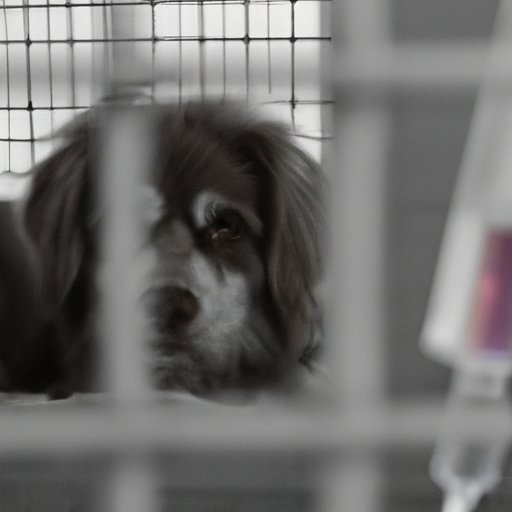When you walk into an animal shelter, you’re greeted by dozens of hopeful eyes belonging to dogs who are eagerly awaiting their forever homes. This place, filled with innocent lives, should ideally be a temporary sanctuary for these animals, but unfortunately, it often becomes a terminal point for many. This article dives into the devastating yet essential question: why do shelters euthanize dogs?
- Understanding Overpopulation
- Lack of Resources and Funding
- Health and Behavioral Issues
- The Role of No-Kill Shelters
- Steps Toward Mitigation
- Shelters are often overwhelmed by the number of animals they receive, leading to overpopulation.
- The lack of resources and funding is a significant factor in the decision to euthanize.
- Health and behavioral issues can make a dog less likely to be adopted, increasing the chances of euthanasia.
- No-kill shelters operate under a different model but also face unique challenges.
- There are several steps we can take to reduce the number of dogs euthanized in shelters.
Understanding Overpopulation
Animal shelters across the United States take in millions of stray and unwanted animals each year. Unfortunately, the rate of intake often exceeds the rate of adoption. This imbalance leads to overpopulation in shelters, creating a situation where there simply isn’t enough space to house all the animals. As a result, many shelters resort to euthanasia as a means to manage this overpopulation.
To better understand this issue, consider this statistic from the American Society for the Prevention of Cruelty to Animals: approximately 3.3 million dogs enter U.S. animal shelters every year.
Lack of Resources and Funding
Operating an animal shelter requires significant resources and funding. Shelters need to provide animals with food, medical care, and comfortable living conditions. Unfortunately, many shelters are underfunded and lack the necessary resources to care for all animals adequately. In these cases, euthanasia might be considered the most humane option to prevent animals from living in poor conditions or suffering.
Consider this article on OneTopDog, which outlines the cost of owning a dog. It gives a glimpse into the financial aspect of caring for a dog, and these costs can multiply rapidly in a shelter environment with dozens, if not hundreds, of dogs.
Health and Behavioral Issues
Some dogs come into shelters with severe health problems or behavioral issues. These issues can make it difficult for them to be adopted. Given the limited resources, shelters may not be able to provide the required care or rehabilitation for such cases. Therefore, euthanasia is sometimes chosen to prevent further suffering for these animals.
The Role of No-Kill Shelters
No-kill shelters, as the name implies, operate under a policy of not euthanizing animals due to space or time constraints. However, these shelters also face challenges, as outlined in this post from OneTopDog. They often operate at full capacity and have to turn away animals, leading to a surge in the stray population and, in turn, higher intake rates at traditional shelters.
Steps Toward Mitigation
There are ways to help reduce the number of dogs euthanized in shelters:
- Spaying and neutering pets: This can significantly reduce the number of unwanted animals and, in turn, the overpopulation in shelters.
- Supporting local shelters: Donating money, volunteering time, or even providing a foster home can help alleviate some of the pressures faced by shelters.
- Promoting adoption: Choosing to adopt a pet instead of buying from a breeder can help reduce the number of animals in shelters.
This article on OneTopDog dives deeper into the benefits of adopting a pet.
Frequently Asked Questions
Why can’t all shelters be no-kill?
While the idea of all shelters becoming no-kill is appealing, it’s not entirely practical given current resources and overpopulation issues. No-kill shelters often operate at full capacity and have to turn away animals, which doesn’t solve the overarching problem.
What happens to dogs that don’t get adopted?
Unfortunately, many dogs that don’t get adopted end up being euthanized, especially in high-intake shelters. This is why promoting adoption and reducing overpopulation through spaying and neutering are so important.
In conclusion, the decision to euthanize dogs in shelters is heartbreaking and complex. It’s driven by factors such as overpopulation, lack of resources, and the animals’ health and behavioral issues. But with knowledge, understanding, and action, we can all play a part in reducing the need for this last resort.



